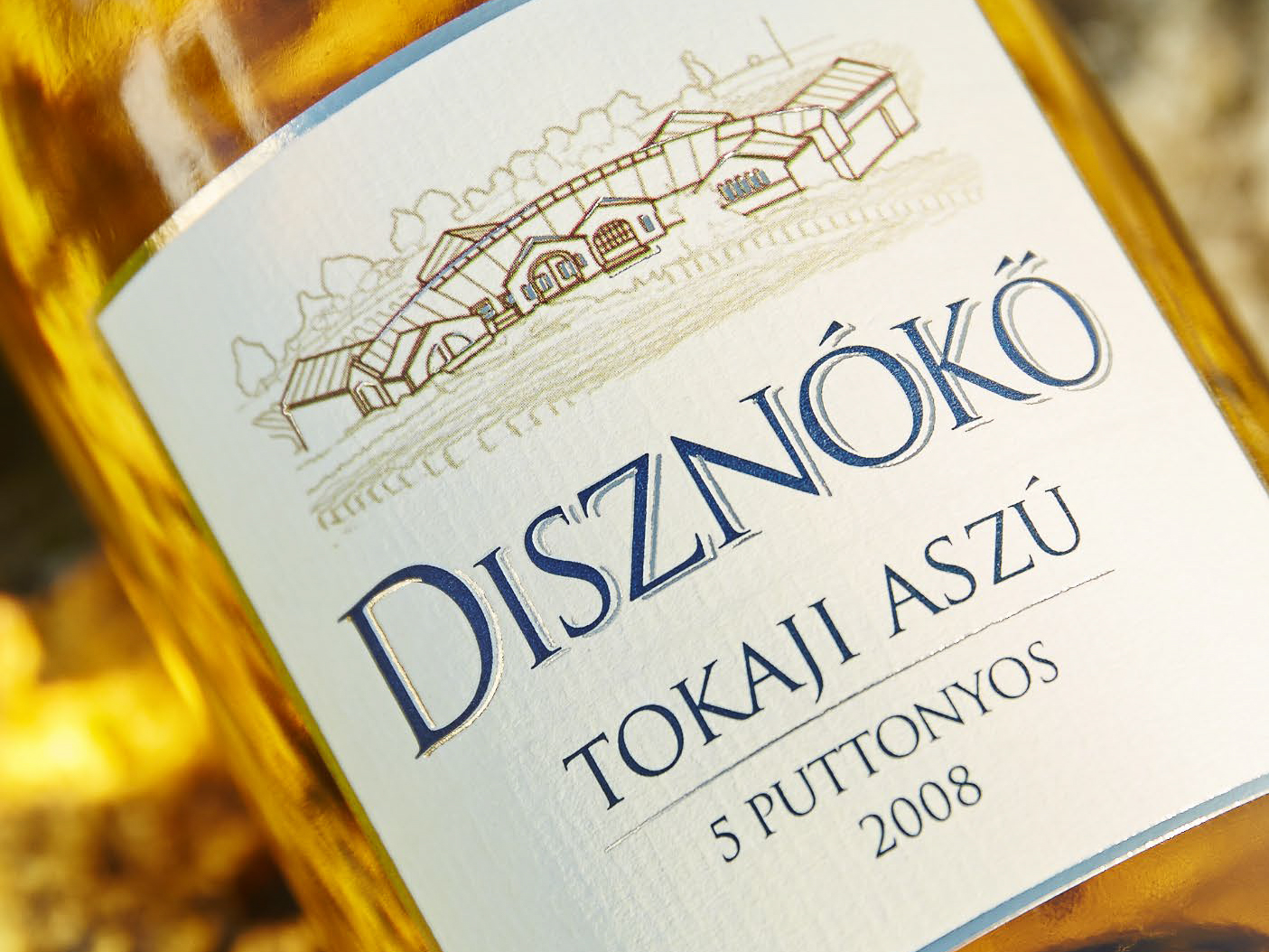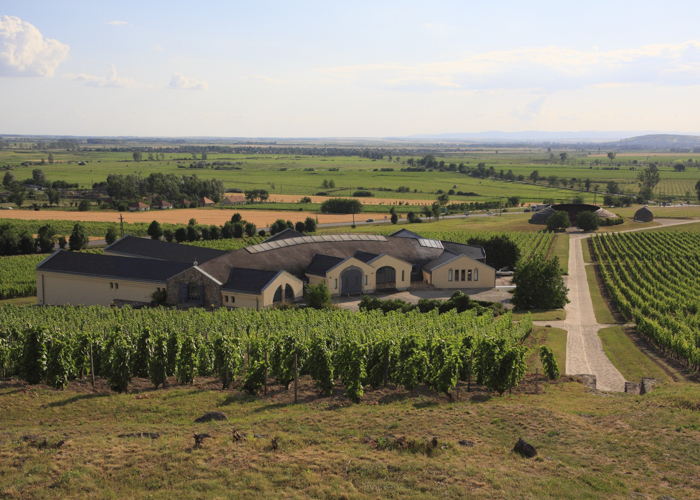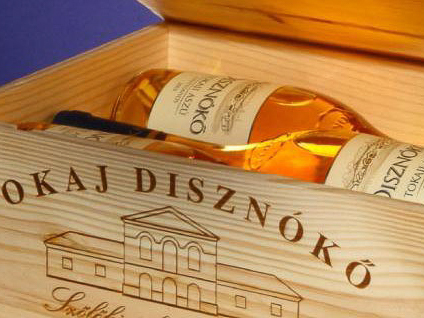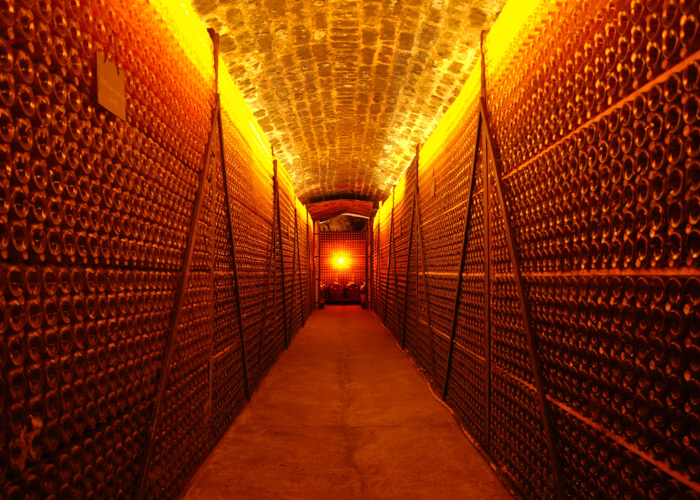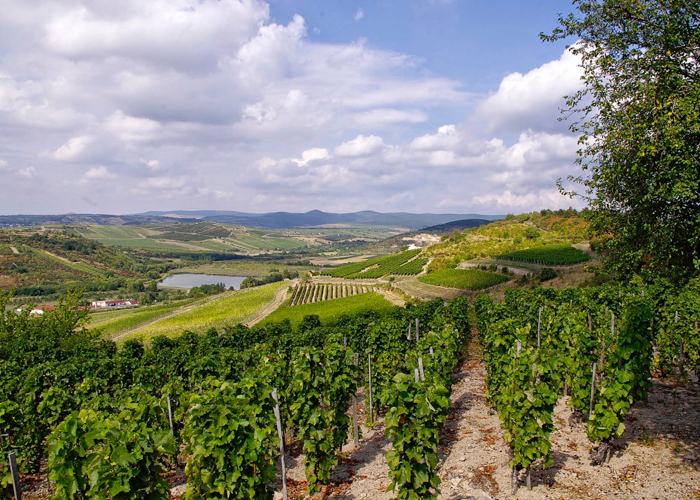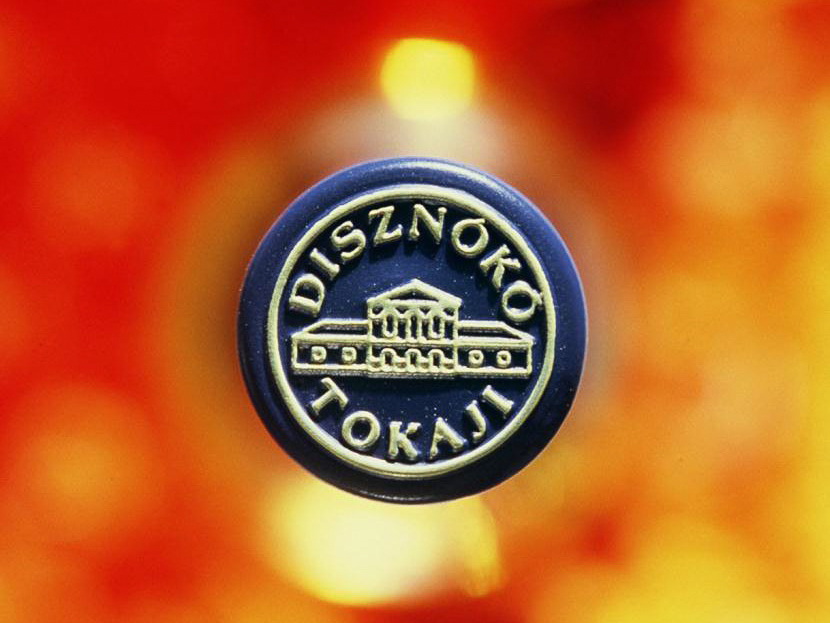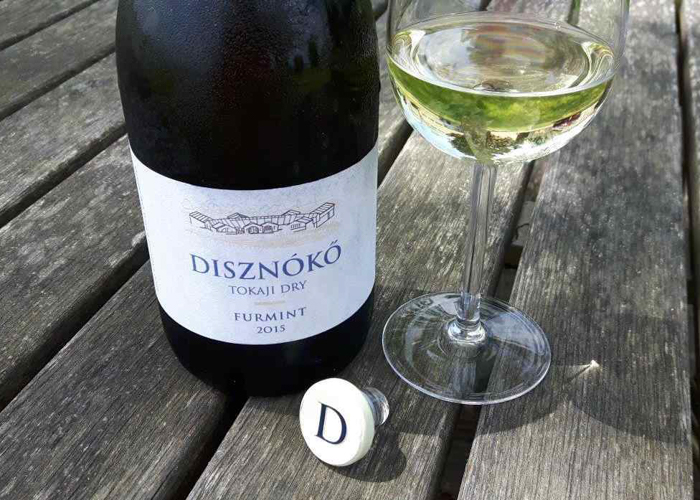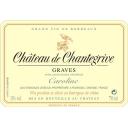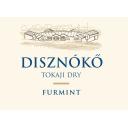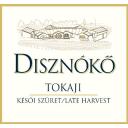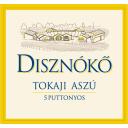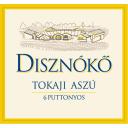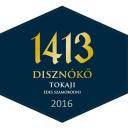Disznoko
The name Disznóko meaning "the rock of the wild boar" was first recorded in 1413 and refers to a large rock atop a small hill overlooking the vineyards. Listed as a "first growth" as far back as 1732, this 150ha vineyard in the south west of the Tokaji region has long been regarded as one of the region's finest. As with much of Tokaji, Disznóko's fortunes suffered under nationalization during the Communist era. But, in 1992, it was purchased by AXA Millésimes (owners of Château Pichon Longueville and Quinta do Noval, amongst others) who have reinvigorated Disznóko and put in the love and investment required to return it to the top rank of Tokaji estates.
Tokaj is thought to be the first vineyard region in the world to have adopted a classification system. The Disznóko estate consists of a single tract of land, four of the approved noble grape varieties are planted in this single vineyard – Furmint, Harslevelu, Zeta and Sagamuskotaly.
The estate is a hill of volcanic clay soil with perlite pebbles at the top of the hill is the boar-shaped rock from which the estate takes its name, and the vineyards are arranged down the southern slope, with the winery at the bottom of the slopes. The vineyard is protected by the cold northern winds by the Zemplén hills right behind it and draws light and heat from its southerly exposure. Acclaimed as one of the three most favorable sites of Aszu in Tokaj. Morning autumn mists and warm breezes ensure optimal conditions for noble rot. The Botrytis develops, concentrating the natural sugars, flavors and acids in the grapes. The wines gain their complexity from the mineral-rich volcanic land, rhyolite-tuff with clay soils.
In 1992, the vineyards were rehabilitated and replanted, old buildings were refurbished, and new state-of-the-art wine making facilities were constructed. The new winery pays homage to the nearby old winery.
